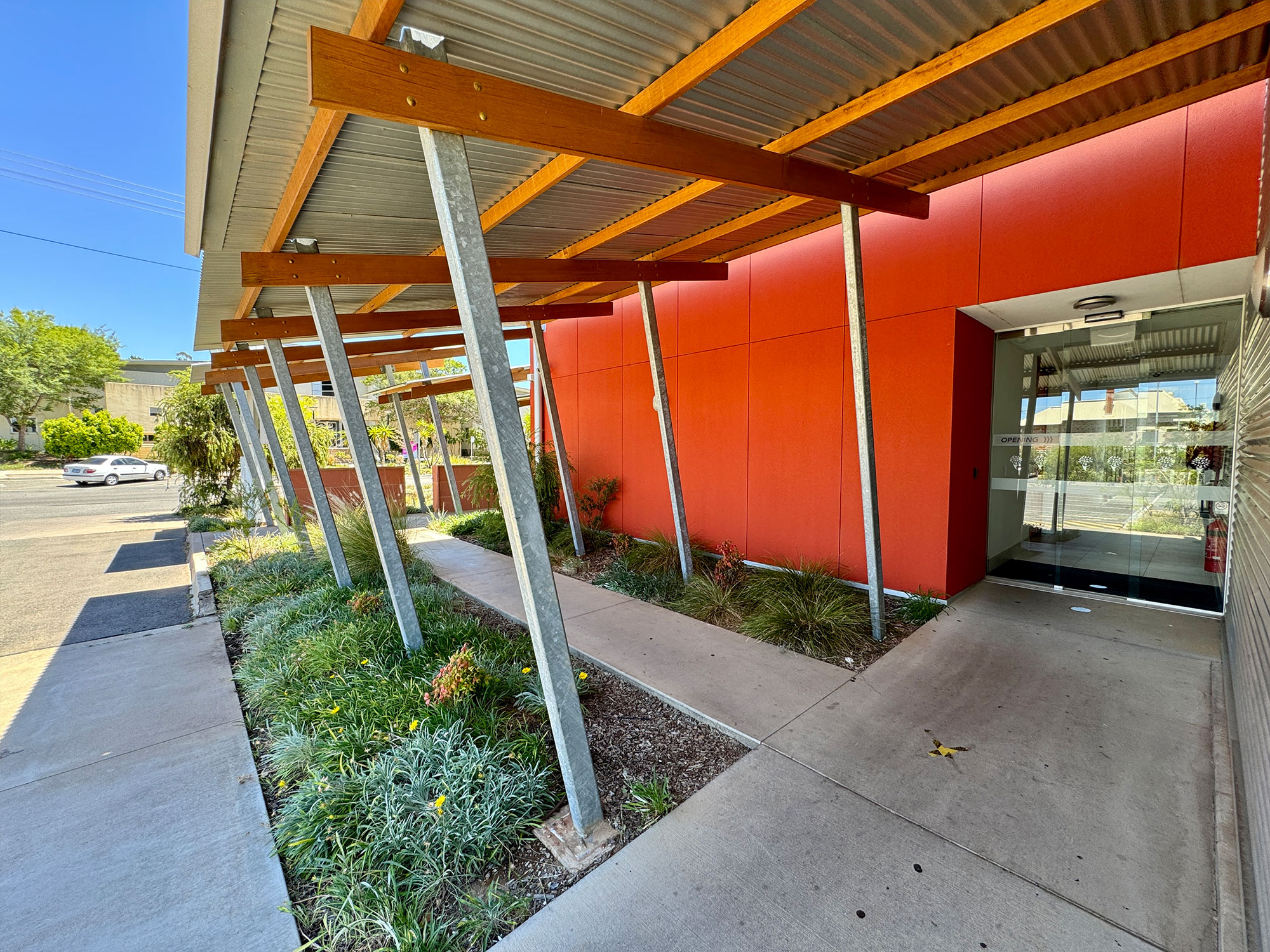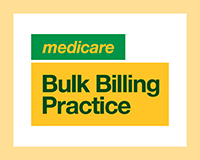
Diabetic Foot Checks
Diabetic foot checks are twofold:
- A regular checking of your feet by yourself (self-management)
- A regular examination of your feet by a health professional
Foot checks are important as diabetes can cause damage to the nerves and the blood circulation in your feet, as well as infections. Having diabetes can increase your risk of foot ulcers and amputations. This damage is more likely if:
- You have had diabetes for a long time
- Your blood glucose levels have been too high for an extended period
- You smoke-smoking causes a reduced blood flow to your feet
- You are inactive
You should have your feet checked by a health professional at least twice a year, and more often if you have had a previous foot ulceration, amputation or have any identified abnormality.
Having your feet checked by a specially trained health professional is important because diabetic foot complications e.g. nerve damage is often not identified until it has significantly progressed. In other words, you may develop a diabetic foot complication without noticing any symptoms until it is in its advanced stages.
What happens in our foot check clinics?
A doctor and/or a specially trained nurse will examine your feet to make sure there are no complications
You will be referred to a podiatrist and/ or specialist if any problem that requires further investigation/management is identified.
What does a diabetic foot check involve?
- An examination of your blood circulation
- An examination of your nerve functions
- A check for any hidden or suspicious wounds, calluses, or lesions
How to care for your feet
In addition to regular checks ups with a health professional you should also:
- Know your feet well – wash, dry and check your feet every day. Check for redness, swelling, cuts, pus discharge, splinters or blisters, being especially careful to look between toes, around heels and nail edges and at the soles of the feet. If you have difficulty with your vision get someone to check for you
- Cut your toenails straight across – not into the corners – and gently file any sharp edges. If you can’t properly see or reach your feet to cut your toenails, ask someone to do it for you
- Moisturise your feet daily to avoid dry skin
- Never use over-the-counter corn cures
- Cover your feet with a clean sock or stocking without rough seams
- Don’t wear tight socks or stockings or anything with prominent seams.
- Protect your feet in a shoe which fits well – the right length (a thumb width longer than your longest toe), width and depth – and has been checked for stones, pins, buttons or anything else which could cause damage
- Keep your feet away from direct heat such as heaters, hot water bottles and electric blankets
- Get medical advice early if you notice any change or problem
Injuries
If you find an injury including a cut, blister, sore, red area or open crack, immediately:
- Wash and dry the area
- Apply good antiseptic e.g. Betadine
- Cover with sterile dressing, available from pharmacies.
If any injury does not improve within 24 hours, make an urgent appointment to see your doctor to avoid serious complications.
Seek urgent medical advice for even the mildest foot infection, including any sore, open wound or crack which is oozing, contains pus or any type of discharge or which does not heal within a week.



